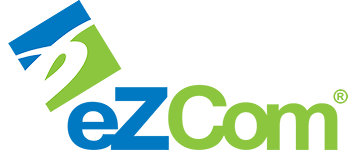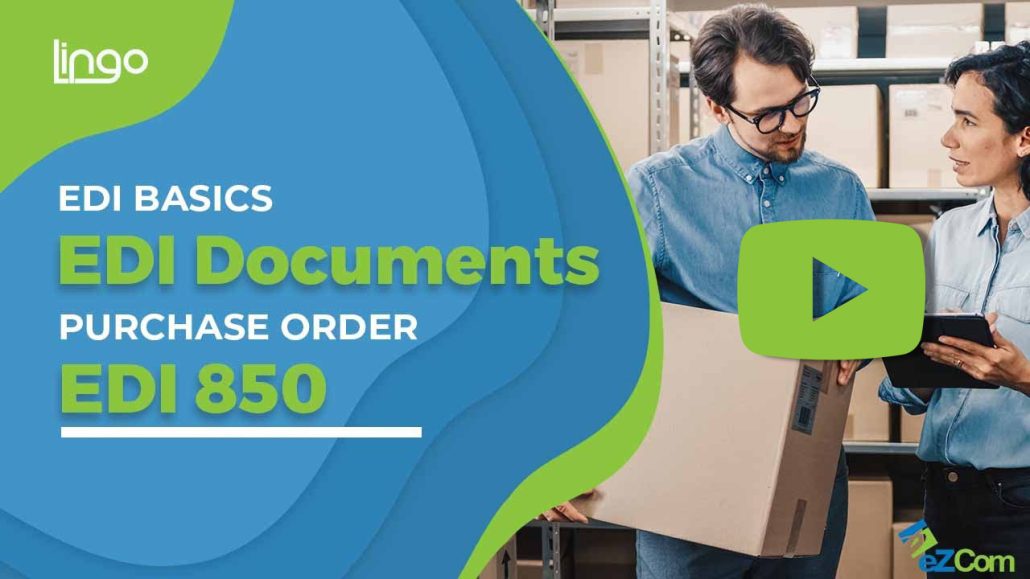EDI 850, 856, 810, 997: what you need to know.
While EDI is a data format with all kinds of different documents, there are cornerstone forms that are transmitted frequently. The EDI 850, EDI 856, EDI 810 and EDI 997 are essential to almost every transaction and critical to staying compliant with your trading partners.
EDI 850
Orders. You’ve got orders! The EDI 850 is the electronic version of a Purchase Order and it means someone wants your stuff. A retailer sends it to request a shipment of your goods. Sometimes the EDI 850 is a recurring event—a retailer orders your products according to a weekly or monthly schedule. But it can also be a new order or a one-off.
So what’s usually in it? Typically, the EDI 850 lets suppliers know which items the retailer is requesting, the quantities, the billing and shipping details, the shipping instructions, and some details about the way it should be sent.
The EDI 850 means business for you. But it also means business. It is essential that the specifications outlined within it are followed completely and accurately. Every retailer will organize their information in slightly different ways and have its own requirements. By adhering to them, you’ll stay compliant and avoid chargebacks. Getting orders right is a big reason to use an EDI SaaS provider that you trust.
EDI 856 (ASN)
An EDI 856, also known as the Advance Ship Notice (ASN) or simply the Shipment, provides specific information to the retailer about a pending shipment. It contains key pieces of data for the retailer, including details about the particular set of products in the shipment and where the shipment is headed. The shift to just-in-time inventory models and direct-to-consumer shipping make the EDI 856 more important than ever.
Today, retailers maintain tight control of inventory and are always looking to create maximum efficiency throughout their supply chains. The EDI 856 is a critical part of their efforts to do that.
It’s especially important to large retailers, who are managing multiple distribution centers and many store locations. The EDI 856 is a critical part of their efforts to do that. It’s especially important to large retailers, who are managing multiple distribution centers and many store locations.
EDI 810
Hey, you do want to get paid—we can all agree that’s important. That’s what the EDI 810 is for—it’s an electronic version of an invoice.
In addition to terms and details of payment, the EDI 810 provides some related history. Items, price, quantities delivered—all will be present in the EDI 810.
An EDI 810 also streamlines the supply chain—no need to fax, email or send invoices on paper. Retailers can easily integrate the information into their systems—and that can speed the payment process for suppliers.
EDI 997
“Hello there, we see that you put in an order. We want to let you know that we got the order and we’re working on it.”
Or, “Hey there, we got your invoice.”
That’s the EDI 997 in a nutshell. A Functional Acknowledgement, it is generated to confirm the receipt of an EDI document. Obviously, it’s especially valuable when it comes to invoices or orders. If you’re a vendor, it doesn’t mean you have accepted the order at the proposed prices—only that you have received the request.
When retailers send the EDI 997 after getting an invoice, it doesn’t mean payment is being sent ASAP or is already on the way. The retailer is simply saying, “Hey, we got your bill.”
Does it seem redundant? Well, have you ever planned a party, invited people, and then worried because some people didn’t let you know if they were planning to attend or not? You wind up wondering if you need to send the invite again or call them. Much like the RSVP on a party invitation, the prompt return of the EDI 997 lets everyone relax and know that communications are on track.
The best part about the EDI 997 is that if you work with eZCom, it’s handled for you. Unless they request it, suppliers who use our Lingo software won’t even see or handle the 997—it is sent to and requested from trading partners automatically.
When you choose a provider as fluent in EDI as we are, you can be confident that an often complicated endeavor is made easy. While we want to offer you information about some of the most widely utilized EDI documents—EDI 850, 856, 810, 997—the bottom line is that suppliers who use our Lingo software don’t need to be experts.
Because we are.


